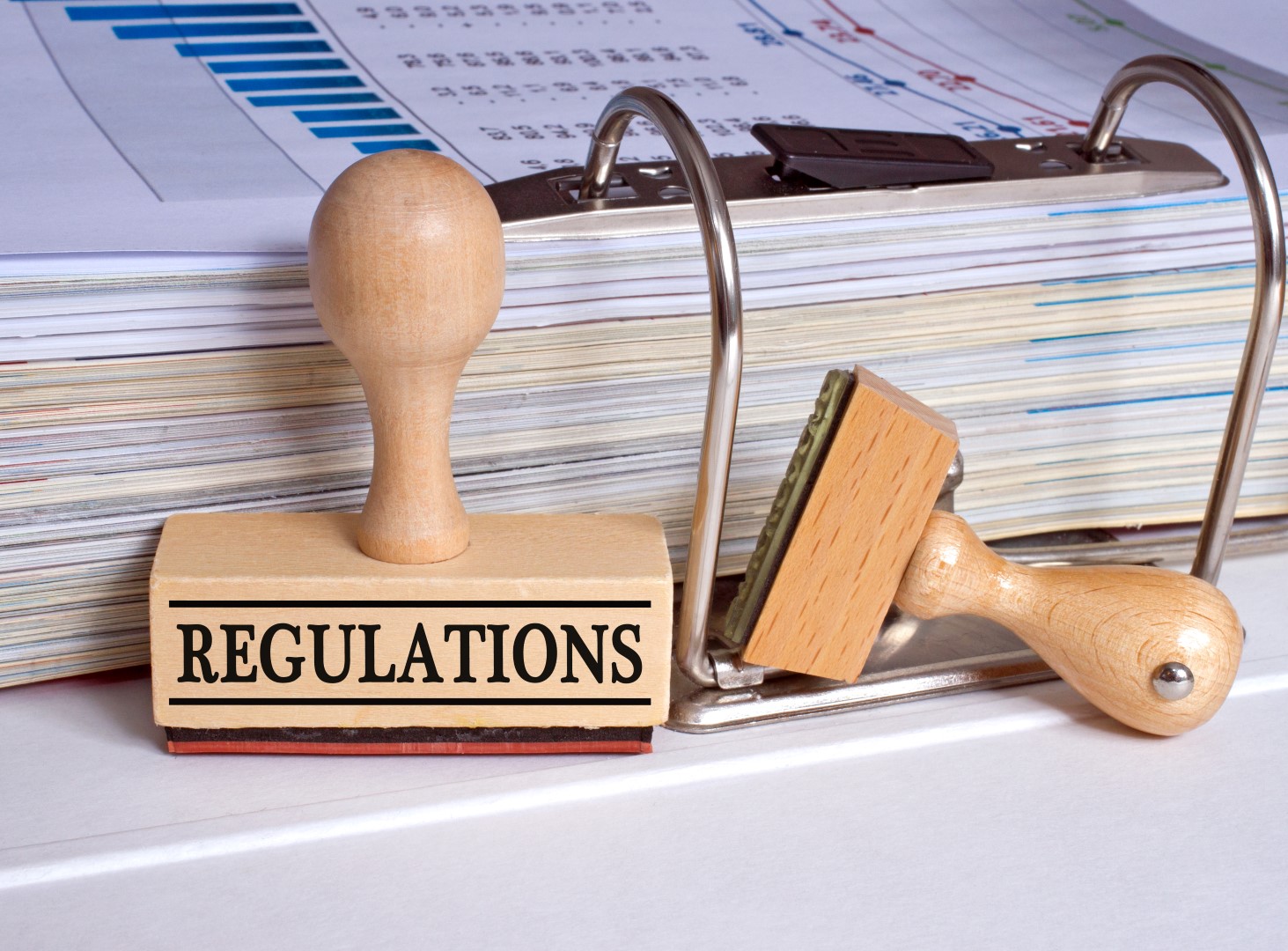If you plan on performing any construction, municipal development, renovation, excavation, or home buying, you’ll need to stay abreast of the laws regulating lead. Lead isn’t a contaminant to take lightly, and it’s critical for everyone to be on board with complying to the latest regulations in the name of public safety.
Laws and Executive Orders
Most laws addressing lead contamination are formal sections of legislation that has many other purposes. The EPA is responsible for enumerating these regulations in one spot, so that’s where we’ll be drawing most the information in this article. There are also a few other government agencies like the CDC and even the HUD that regulate lead. Lead contamination can occur in air, water, building materials, and earth, so compliance with regulations requires a broad view.
In this section, we’ll go over the major legislative headings where the lead laws live.
The TSCA
The Toxic Substances Control Act (TSCA) is a massive bill, which contains many pieces of lead related legislation, which we’ll go over in detail. Most of the other pieces of legislation we’ll discuss live under the TSCA’s heading or are guidelines for adhering to the TSCA. Sections 402, 403, and 404 contain most of the important pieces we’ll discuss.
Clean Air Act
The Clean Air Act is party to the National Ambient Air Qualities Standards under the 40 CFR part 50 heading. The Clean Air Act limits the rolling three-month average concentration of lead in the air to no greater than 15 micrograms per cubic meter of air.
This means that local violations will have a grace period of the time the violation is detected and the time that enforcement occurs.
Safe Drinking Water Act
Like the Clean Air Act, the Safe Drinking Water Act sets a limit on lead in drinking water and provides some infrastructure related limits as well.
According to the latest revision of the Safe Drinking Water Act (SDWA), if more than 10% of tap water samples by a certified tester contains a concentration of lead greater than 15 micrograms per liter the water source is in violation of the Act and must be purified.
The SDWA’s section 1417 also defines the limit of lead for water-carrying pipe construction. A pipe is considered lead free if has no more than 0.25% lead by mass along the wetted surfaces of the pipe.
Lead and Copper Rule 57 FR 26460 – 26564 of 1991
The Lead and Copper Rule (LCR) defines the number of samples required for testing drinking water to fulfill the Safe Drinking Water Act’s rubric adequately. The other major points of the LCR are a clause requiring notification of the water’s consumers within 30 days of the testing, and a clause requiring an annual consumer report on lead in the drinking water.
RRP Rule
The RRP Rule pertains to renovations and constructions that may involve lead contamination. The Rule requires workers who will be exposed to lead to have special training and places special emphasis on preparedness for:
- Property owners
- Developers
- Contractors
- Painters
- Electricians
- Carpenters
- Plumbers
- Site inspectors
The RRP is very easy for the EPA to enforce because enforcement is a matter of comparing lead safety licensing records with the people performing construction or renovation. The EPA routinely issues violation penalties for the RRP.
Section 1018 of Title X
Section 1018 of Title X dictates the rules for disclosure of lead contaminants in any property changing hands, especially real estate. The law places the burden on the seller of the property to disclose to the buyer all information about the property’s level of lead contamination, and provide the buyer with a ten day window to evaluate the contamination.
Cleaning Up
The many laws regulating lead can be a bit hard to understand or abide by. As we’ve linked, the EPA does offer many compliance guides which can help small businesses comply with regulations easier, so be sure to check those out.


